Greg O’s Garage: From the Peter Helck Collection- The Priest and “The Oldest of Them All”- An 1891 Panhard & Levassor
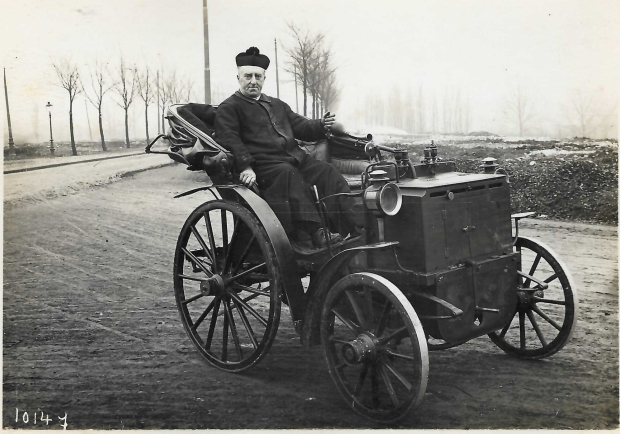
The box of W.F. Bradley photos from the Helck collection not only gave the series 'Strange and Unusual Cars' to curiously read, but a small group of photos in the box by themselves tell the fun story of 'The Priest and the oldest of them all'.
Greg O.
'The Priest and the oldest of them all'
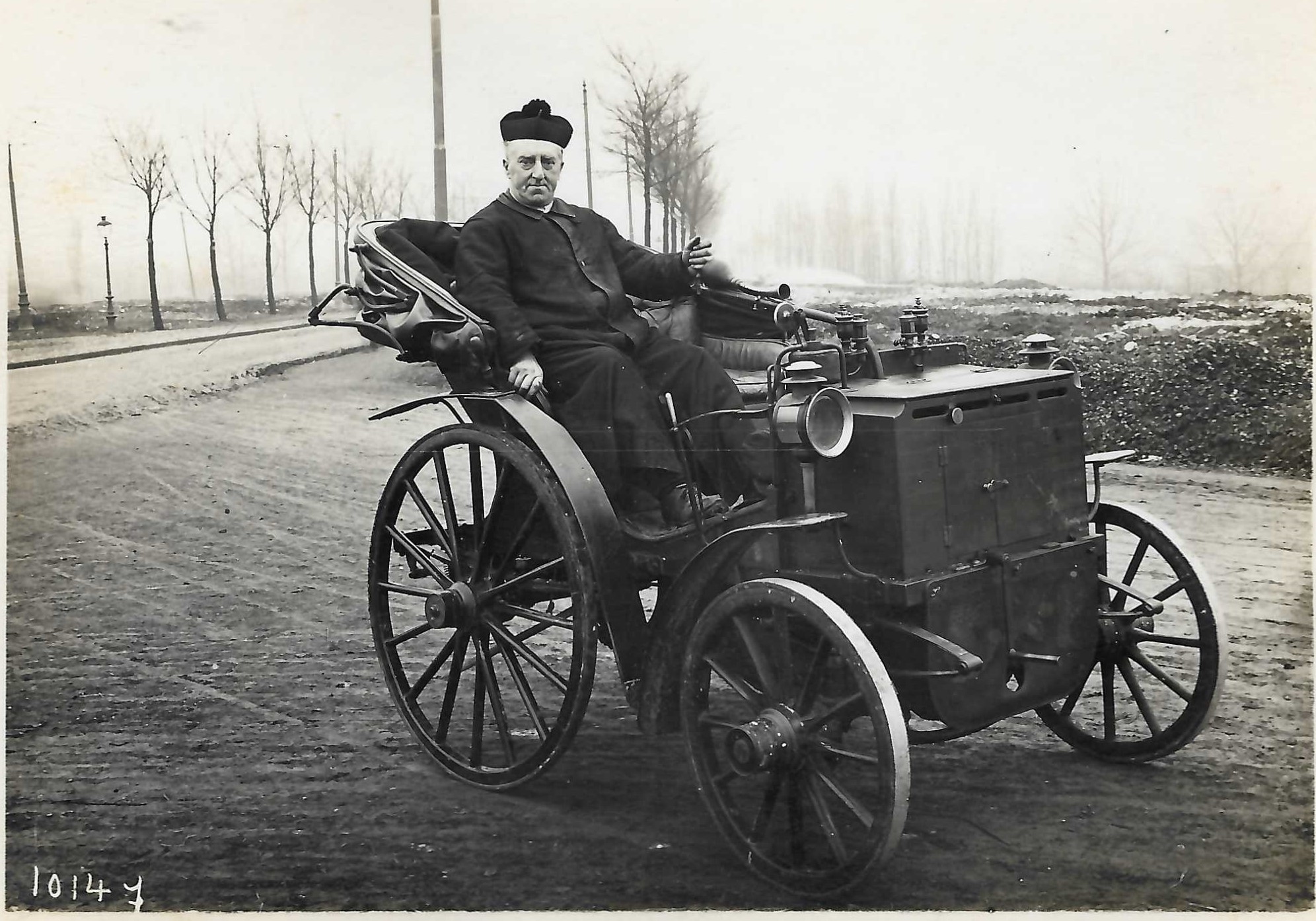
The W.F. Bradley box of photos in the Helck collection has provided great insight with some early views of strange and unusual aerodynamic cars among others. But a separate group of seven curious, similar photos of a priest and his car like the photo on the left stood out.
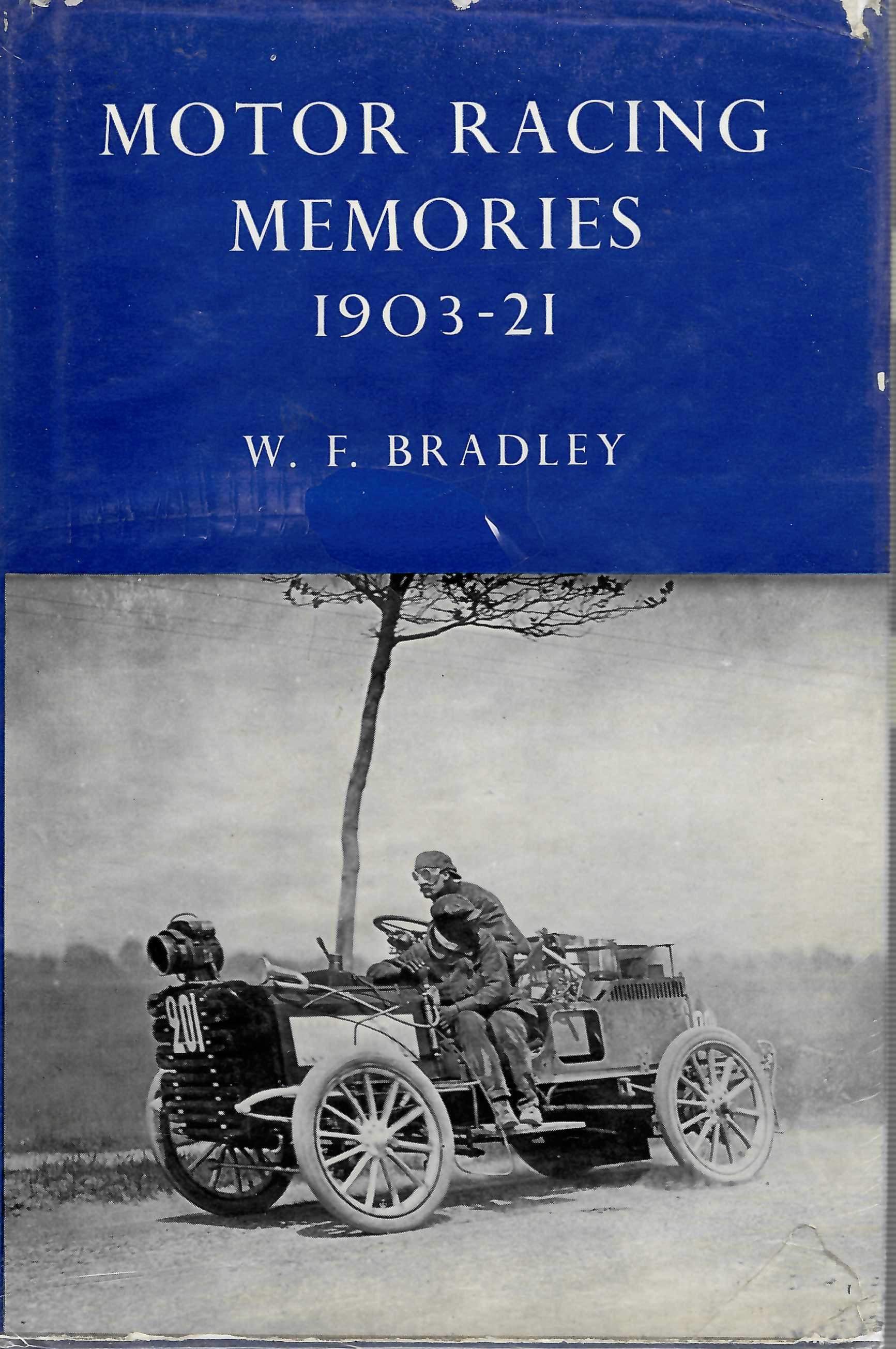
Fortunately, the VanderbiltCupRaces.com extensive library contains W.F. Bradley's rare 1960 book; 'Motor Racing Memories 1903-21' that provided all the answers to what we're looking at within the photos. From the story in the book, I was able to find more about the priest and his car online.
'London should have a veteran car exhibition...'
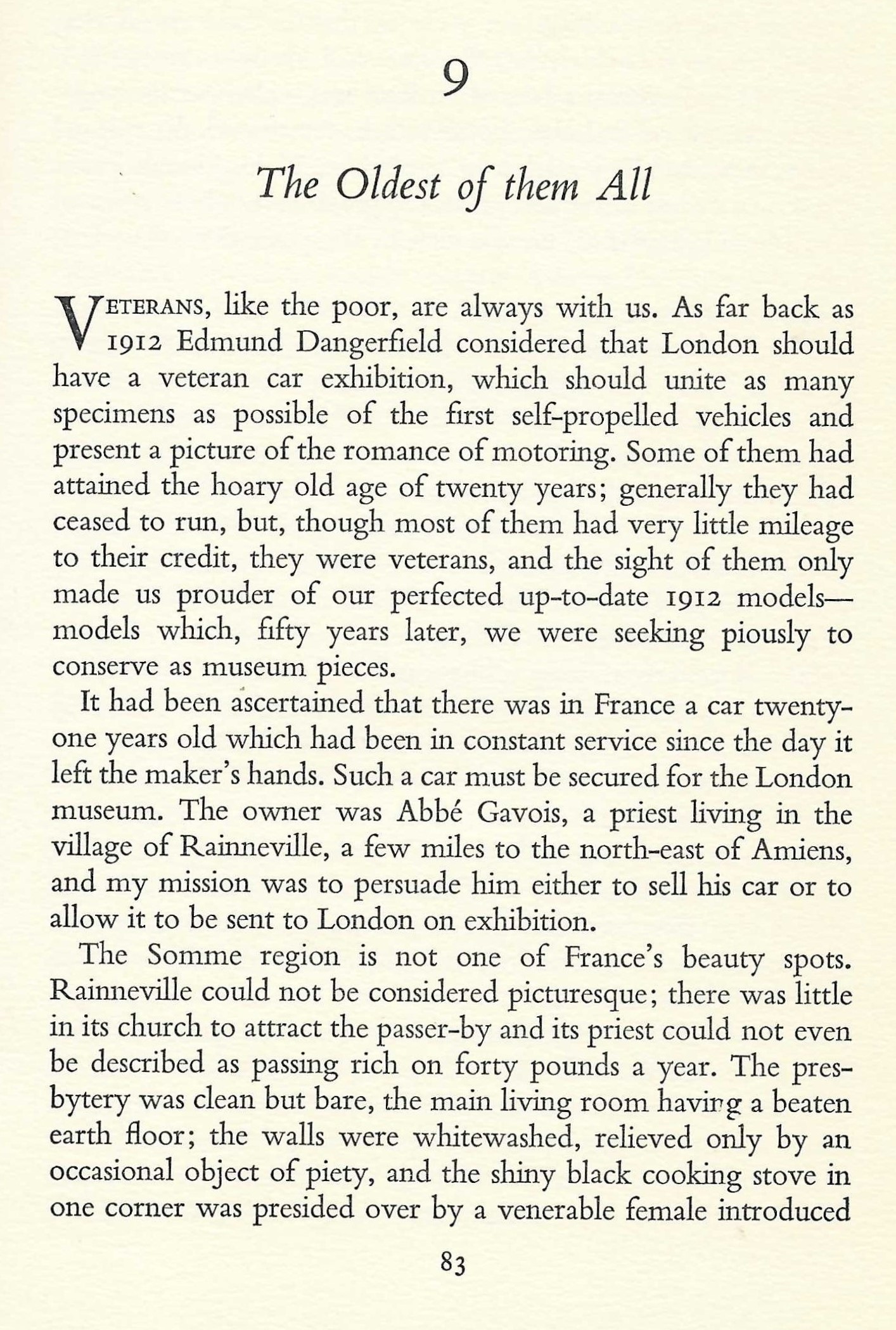
By 1912 it seemed to the world that the automobile was here to stay, and even by that early time, preservation of the early autos appeared necessary.
One such person in 1912 with a veteran car exhibition in mind was Edmund Dangerfield, believing that London could use such an exhibit.
Dangerfield learned of a priest named Abbé Gavois (Father Gavois) about 75 miles north of Paris in the unremarkable and poor village of Rainneville, France, who used a 21 year-old (1891) Panhard & Levassor daily to visit his spread-out parishioners.
Dangerfield felt that this early, 1891 Panhard was exactly the type of automobile needing to be preserved but convincing the indigent Abbé Gavois to part with it, even if only temporarily, was going to be a challenge.
"My hope lay in prayer..."

Pray. Which was all Abbé Gavois did for 6 months. He desired an automobile to visit parishioners. His hopes and prayers answered when he received news that the mayor of the nearby town of Troyes decided to sell his Panhard for 3,000 Francs. A good deal considering the large number of accessories the car came with, but still too much for the financially challenged priest.
"Mon Dieu, c'etait une fortune!" and with that, the priest had to decline the offer.
Six weeks went by before the mayor returned with an offer of 1,800 Francs, a number that the priest who loved all things mechanical, quickly snapped up.
The old 1891 Panhard, the 6th car to be built by Panhard, was now being delivered by rail to the priest to enable visits to his parishioners far and wide.
'A laughing stock for 8 days...'

Unfortunately for Gavois, the car did not arrive in running condition. For 8 days, he was a laughing stock, but the mechanically inclined priest was persistent. On the 9th day, with the correct carburetor mixture and hot ignition tubes burning correctly, she fired up and the content priest was on his way...
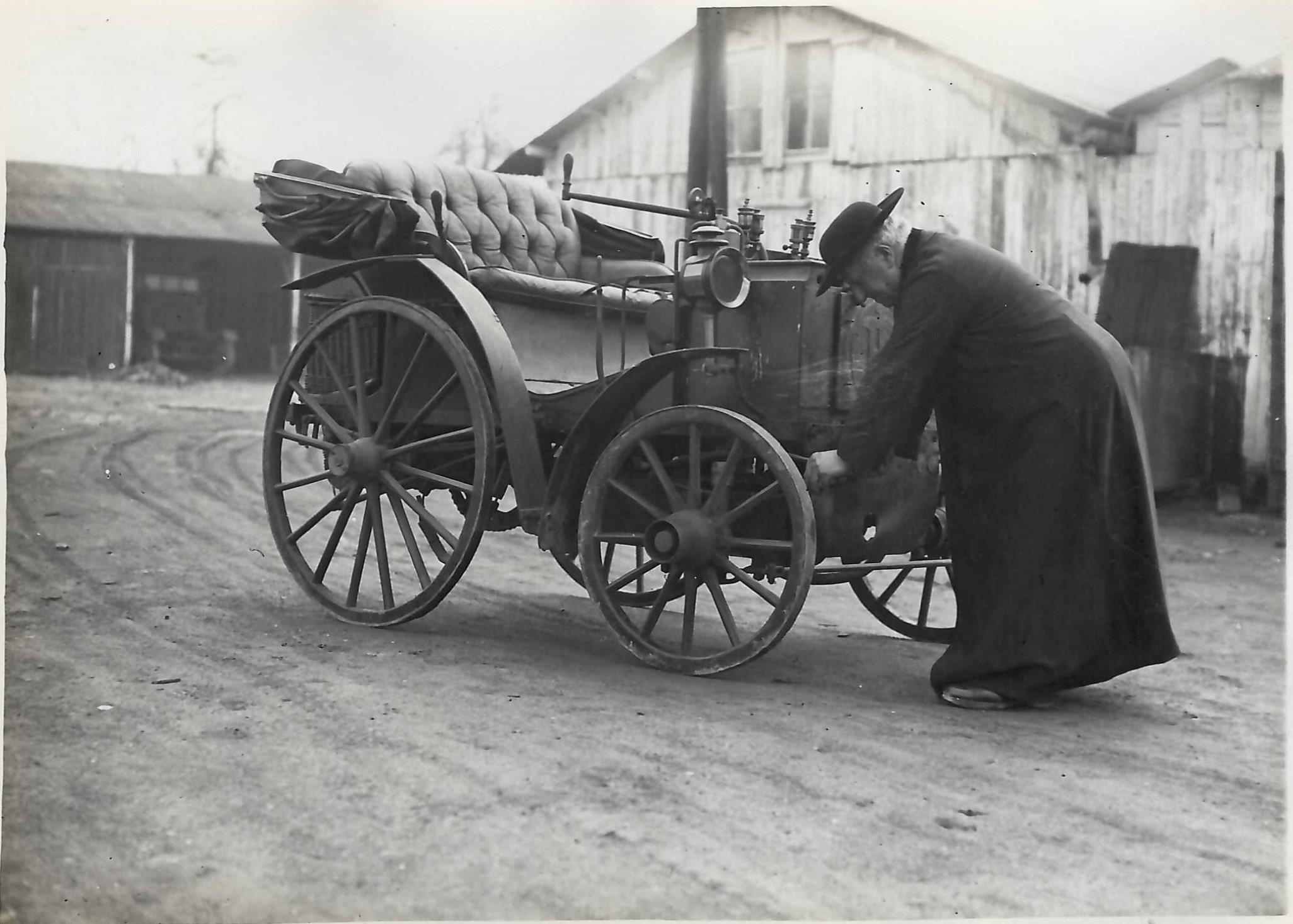
Abbé Gavois working on starting the Panhard.
'Purchase is not an option.'
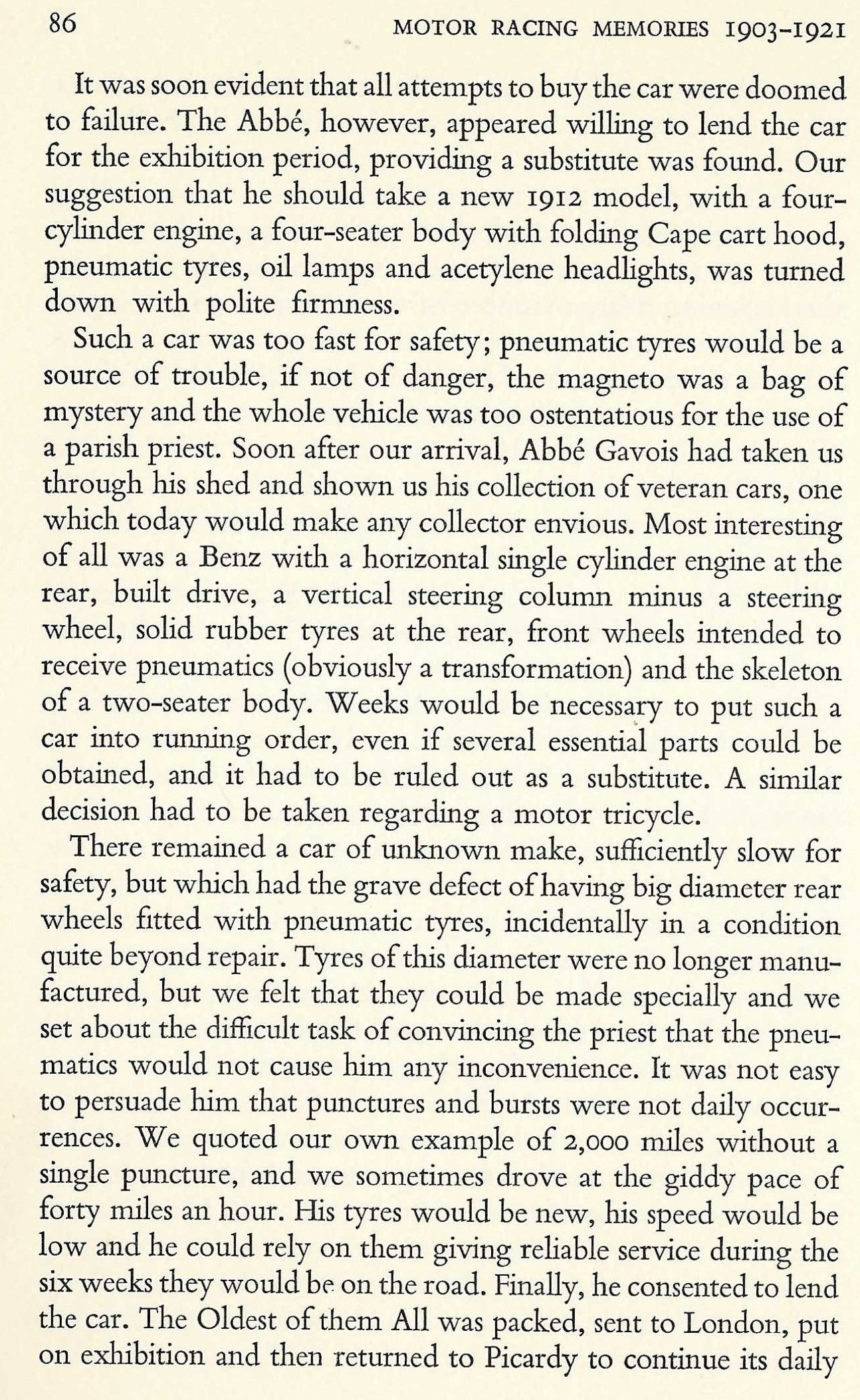
The priest and his Panhard became a beloved fixture in his community, and he even acquired some other vehicles along the way, albeit none of them in running order.
It was about this time that Dangerfield finally convinced the priest to not outright sell the car but put it on temporary 6-week loan for the London exhibition. However, Gavois needed a suitable replacement for his daily commutes. An offer with a new 1912 model was presented, but turned down with the priest's distrust of pneumatic tires and the fact he believed new automobiles were dangerous due to their speeds.
He also owned a single-cylinder, belt drive Benz, but a missing steering wheel and various other essential parts that would've required weeks of repairs quickly ruled the Benz out.
After much convincing about the new tires, the priest consented to a 1912 auto and loaned his Panhard to the exhibition.
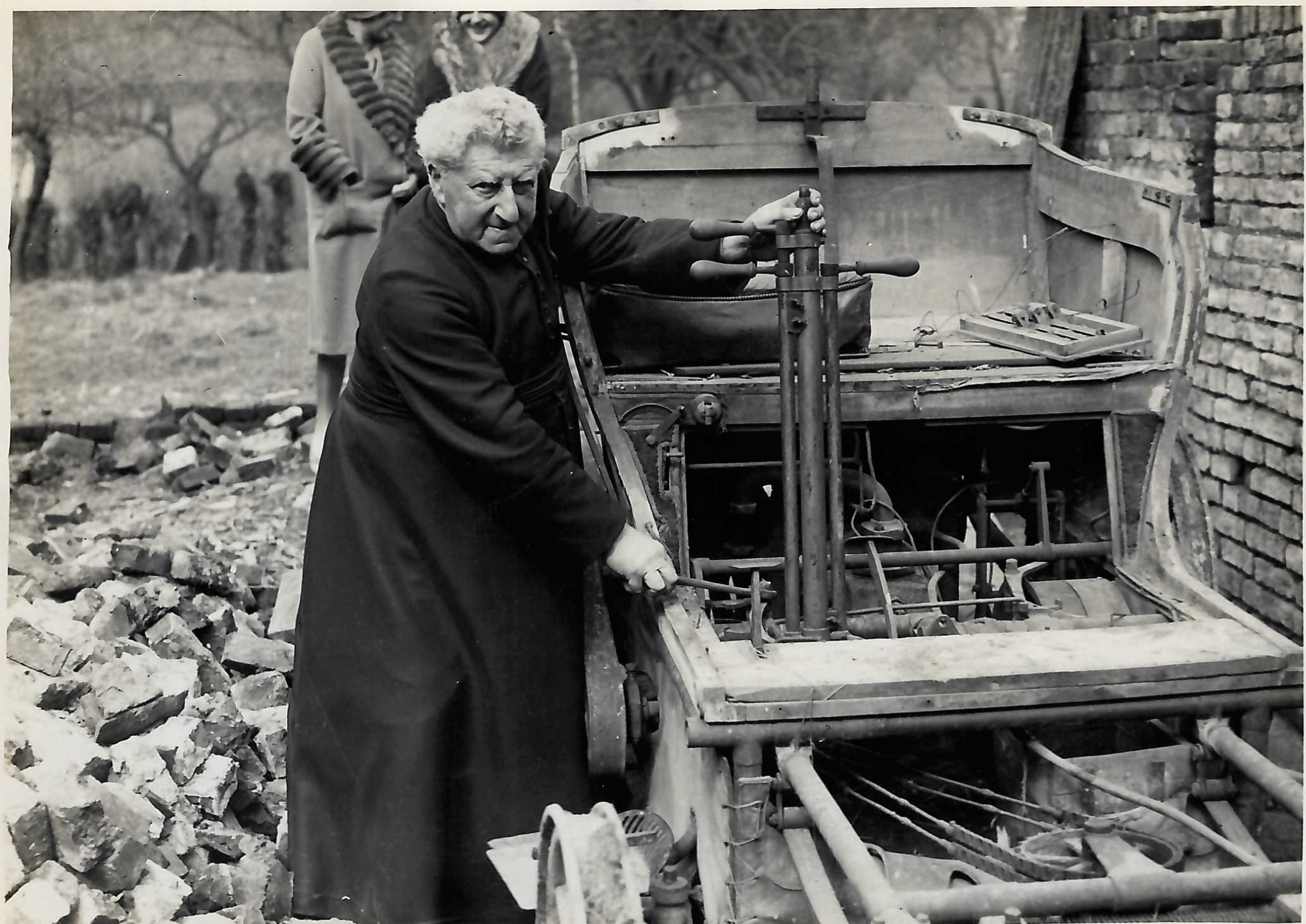
A rare photo in the Bradley box with Abbé Gavois and his single-cylinder Benz.
'The war years'

World War I came and went with the beloved priest and Panhard even being 'adopted' by the British soldiers fighting in the area with them often even leaving fuel for the priest.
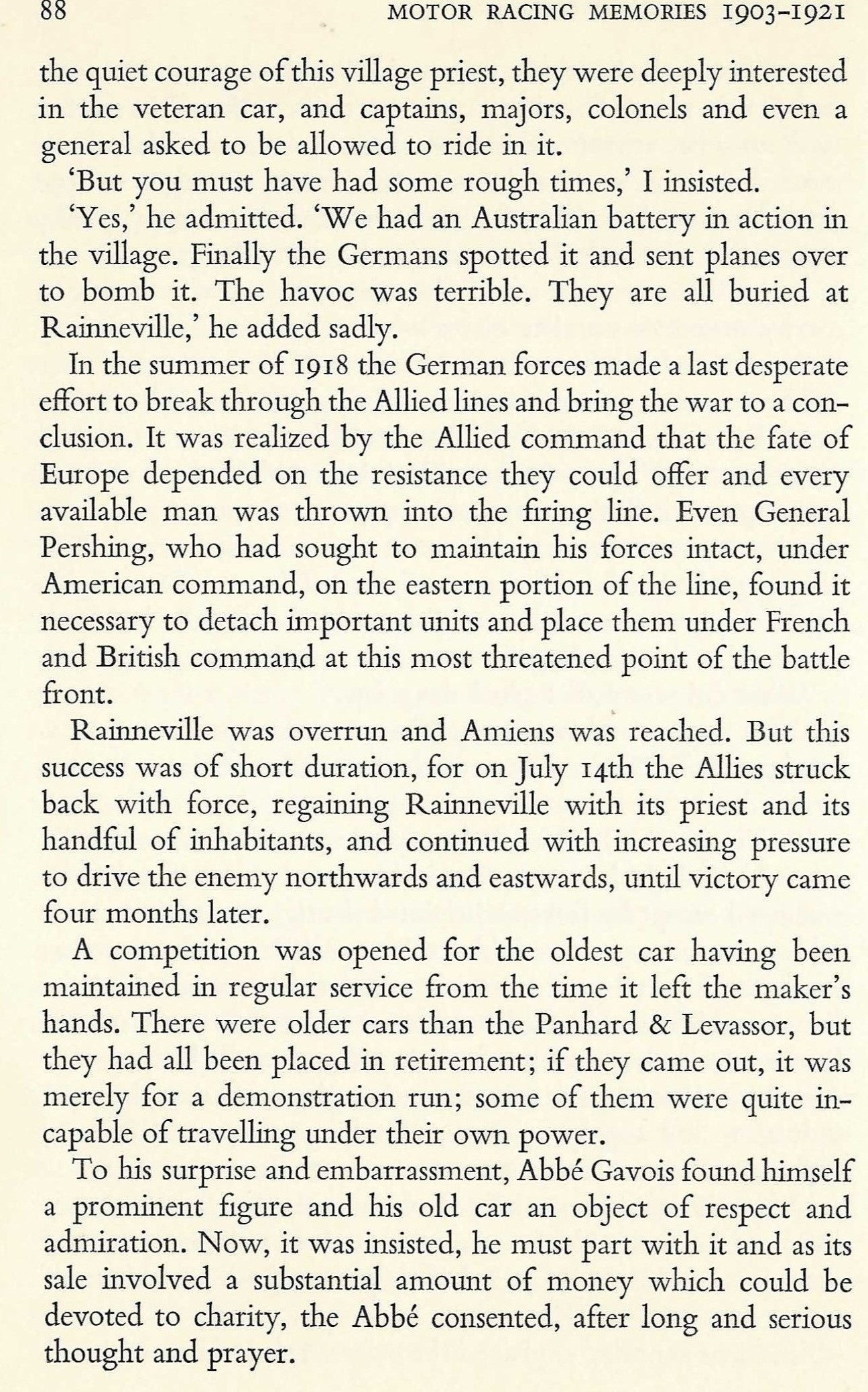
The soldiers came to admire the priest with Captains, Colonels and even Generals deeply interested in his Panhard frequently asking for rides in the ancient car.
'38 years of perfect service'

After the war and 38 years of 150,000 trouble-free miles with the priest, a contest was opened for the oldest car still in regular service. There were cars older, but not used daily as Gavois' car was. Maybe they were taken out for a quick demonstration, but that was all.
'To his surprise and embarrassment, Abbé Gavois found himself a prominent figure and his old car an object of respect and admiration.'
It was then insisted he give up his beloved Panhard for a 'substantial amount of money which could be devoted to charity...' After thought and prayer, the priest consented, and his car would be off to Paris where it began its life.
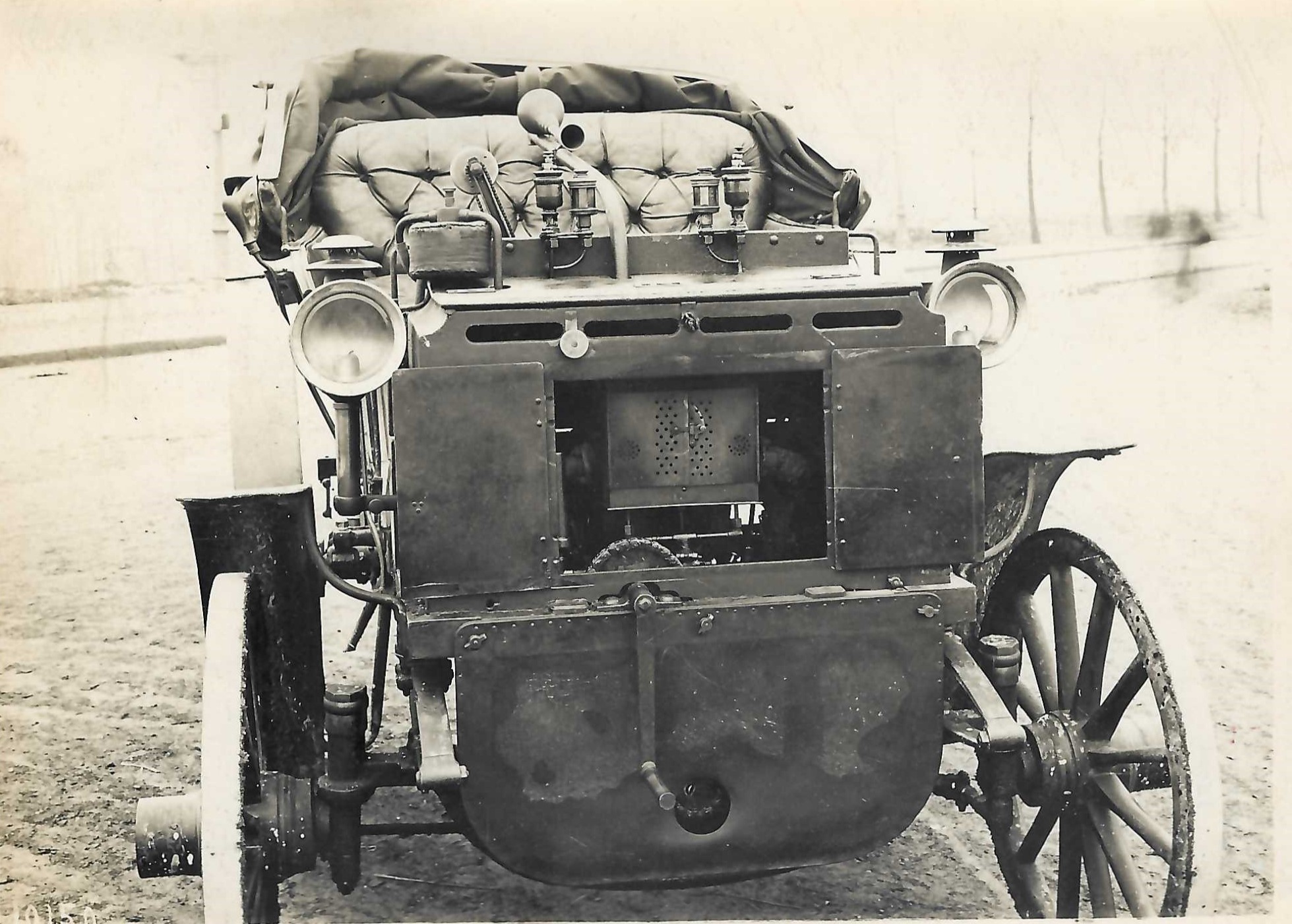
The Panhard and close-up of the engine
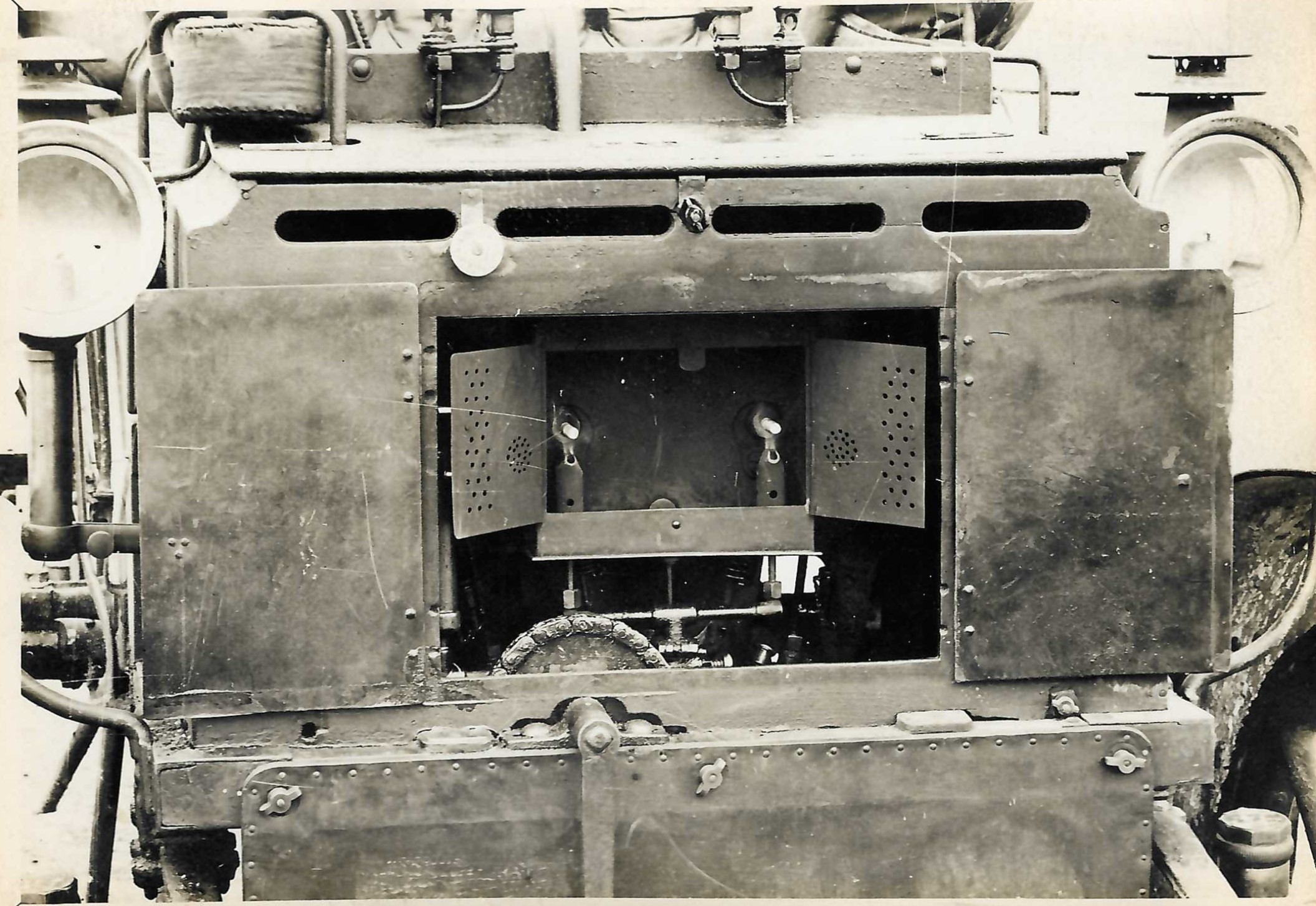
The ignition burn tubes in full view
"No, it must not be dishonored by being put on a train..."
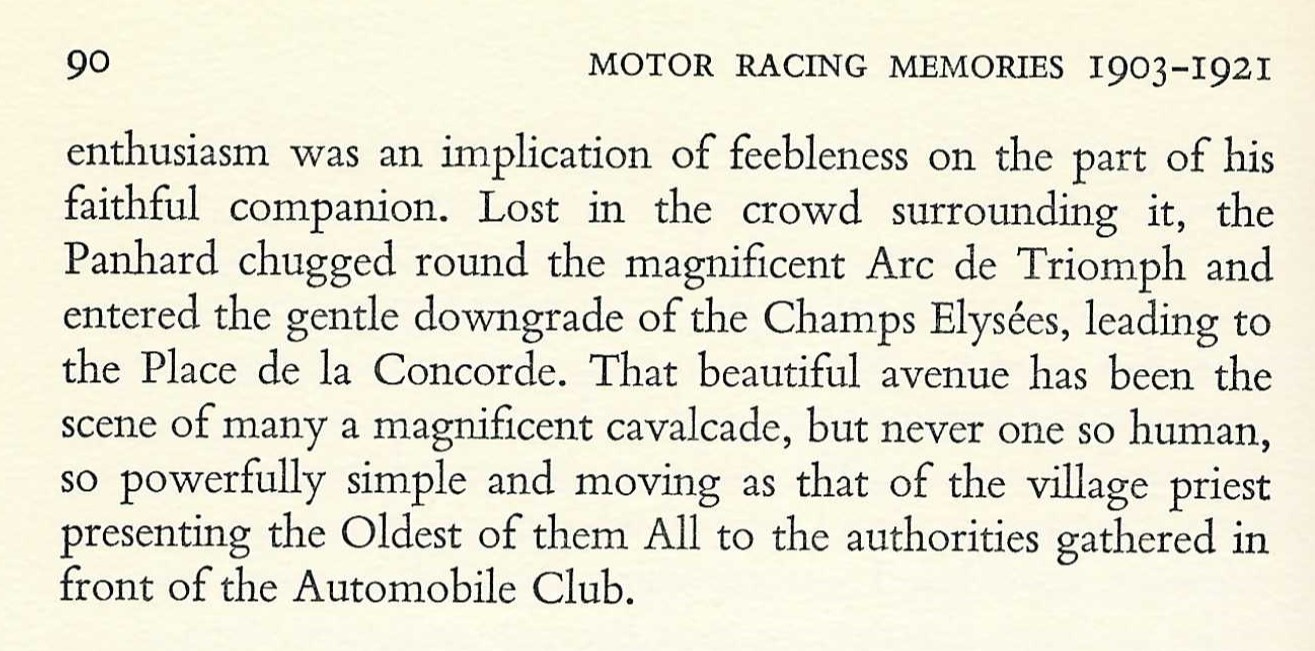
"It was old, but it was reliable, and it must cover the eighty odd miles [to Paris] under its own power and in one day." the priest insisted.
Except for the six weeks it had been in the London exhibition years before, the Panhard had never left its 20-mile radius of Gavois' Somme plains region and the journey to Paris would be difficult, but the oldest of them all made the trip unaided and as expected.
Enthusiastic crowds gathered the closer he got to Paris with the crowd insisting on helping the little Panhard up a slight rise, but the priest protested as he considered the aid an 'implication of feebleness on the part of his faithful companion.'
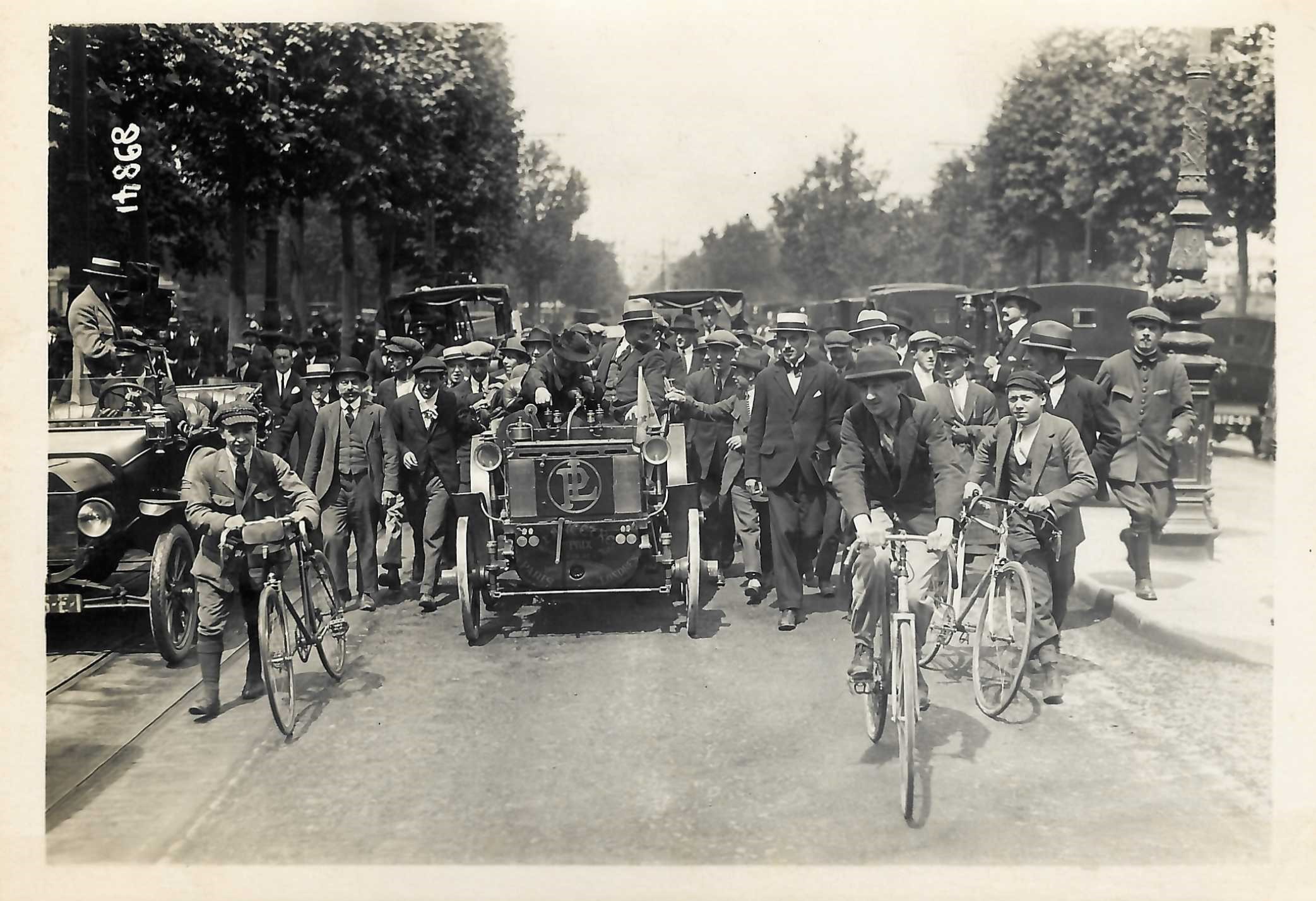
The throngs of joyous crowds surrounding Gavois as he travelled past the Arc de Triomph down the Champs Elysees leading to the Panhard's final exhibition space at the Place de la Concorde.
'That beautiful avenue has been the scene of many magnificent cavalcade, but never one so human, so powerfully simple and moving as that of the village priest presenting the Oldest of them All to the authorities gathered in front of the Automobile Club.'
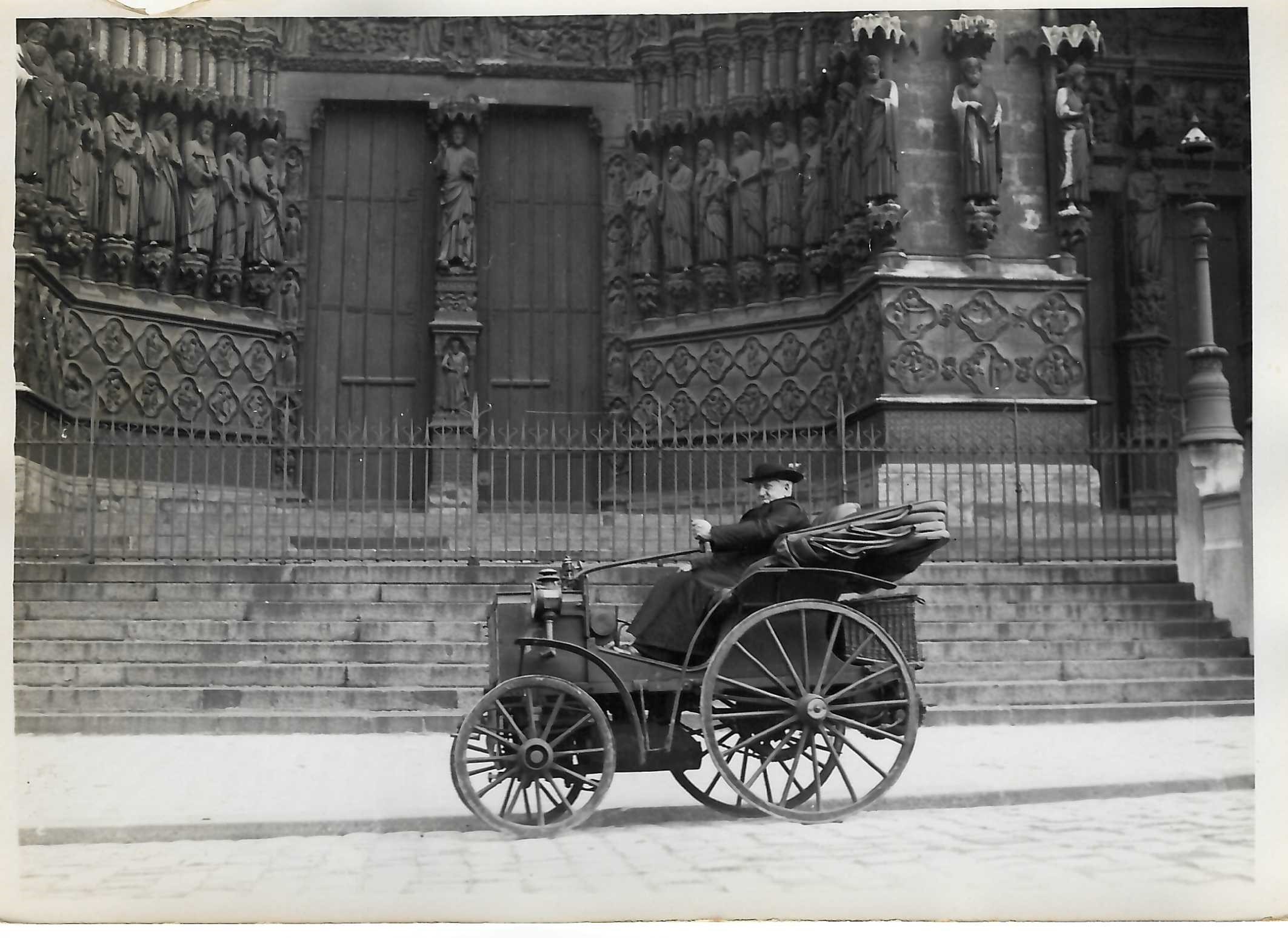
Abbé Gavois in Paris.
'The Panhard survives!'
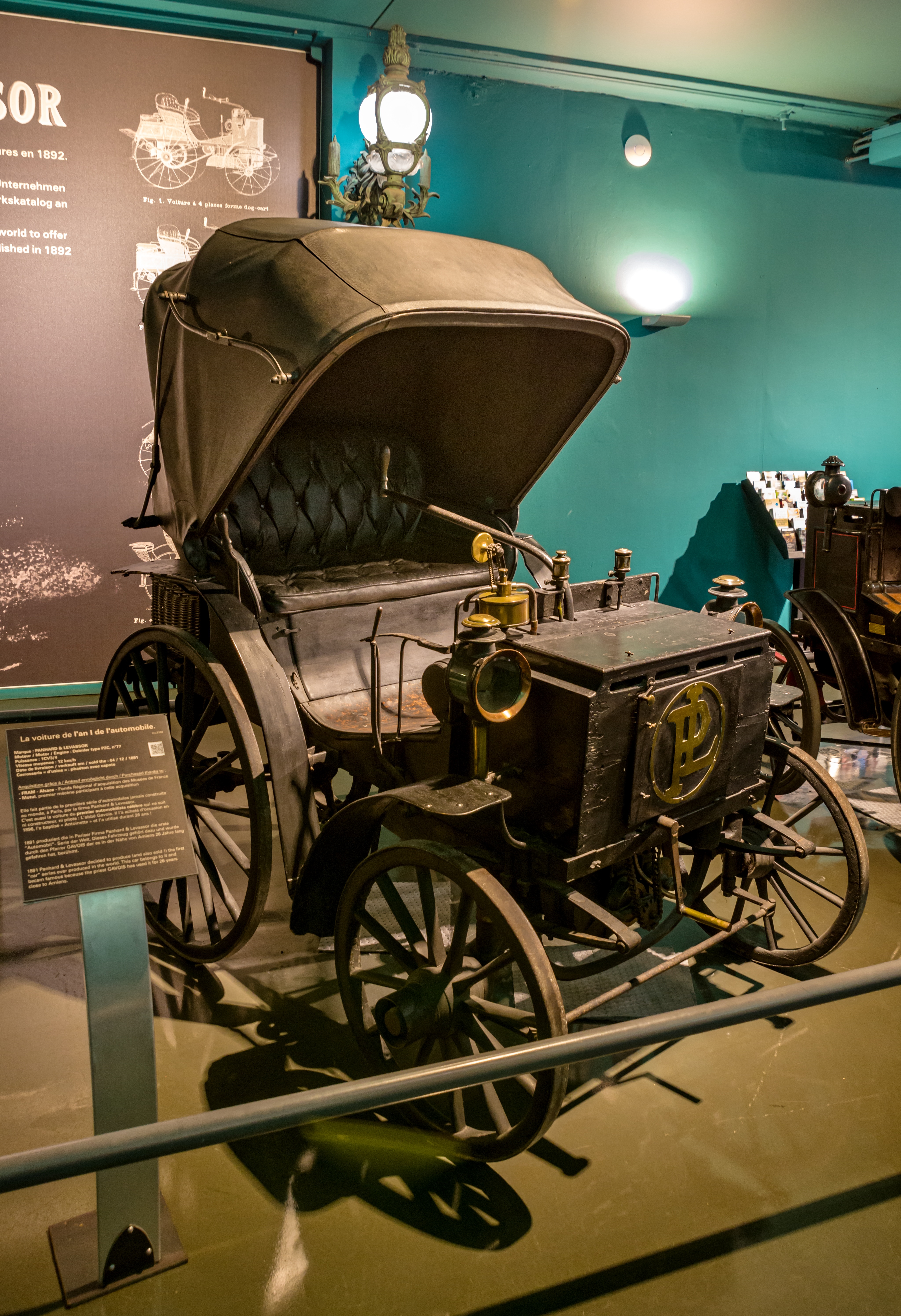
France's Panhard was one of the first automobile manufacturers beginning in 1887 and in existence until 2018. One of their greatest moments as a manufacturer was the 1904 Vanderbilt Cup Race, taking first and second spots in the race's conclusion, finished strong at #2 in 1905, and 9th in 1906.
Abbé Gavois' 1891 Panhard & Levassor still survives at the Cité de l'Automobile in Mulhouse, France and continues to tell the story of 'The priest and the oldest of them all' to visitors today.
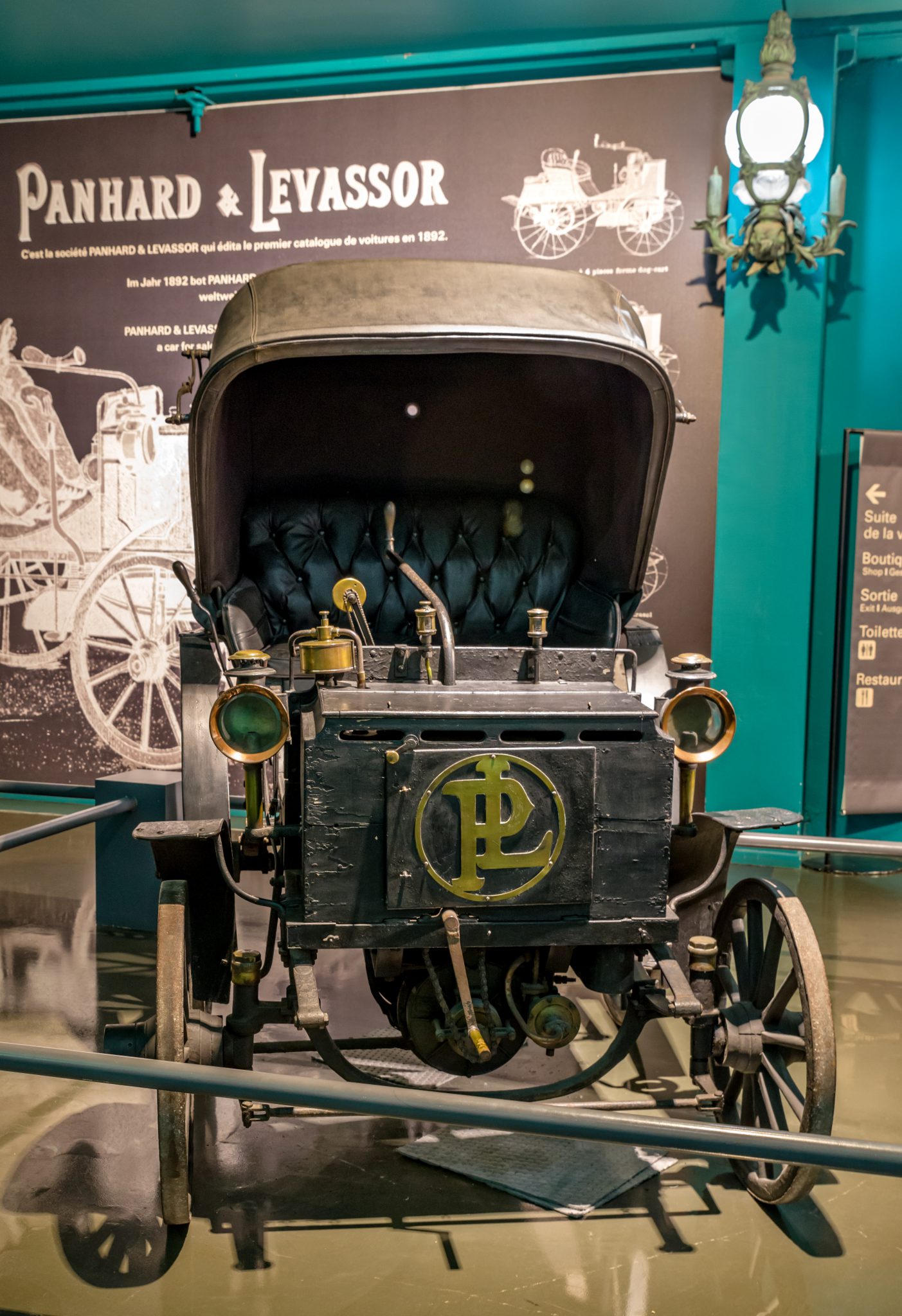
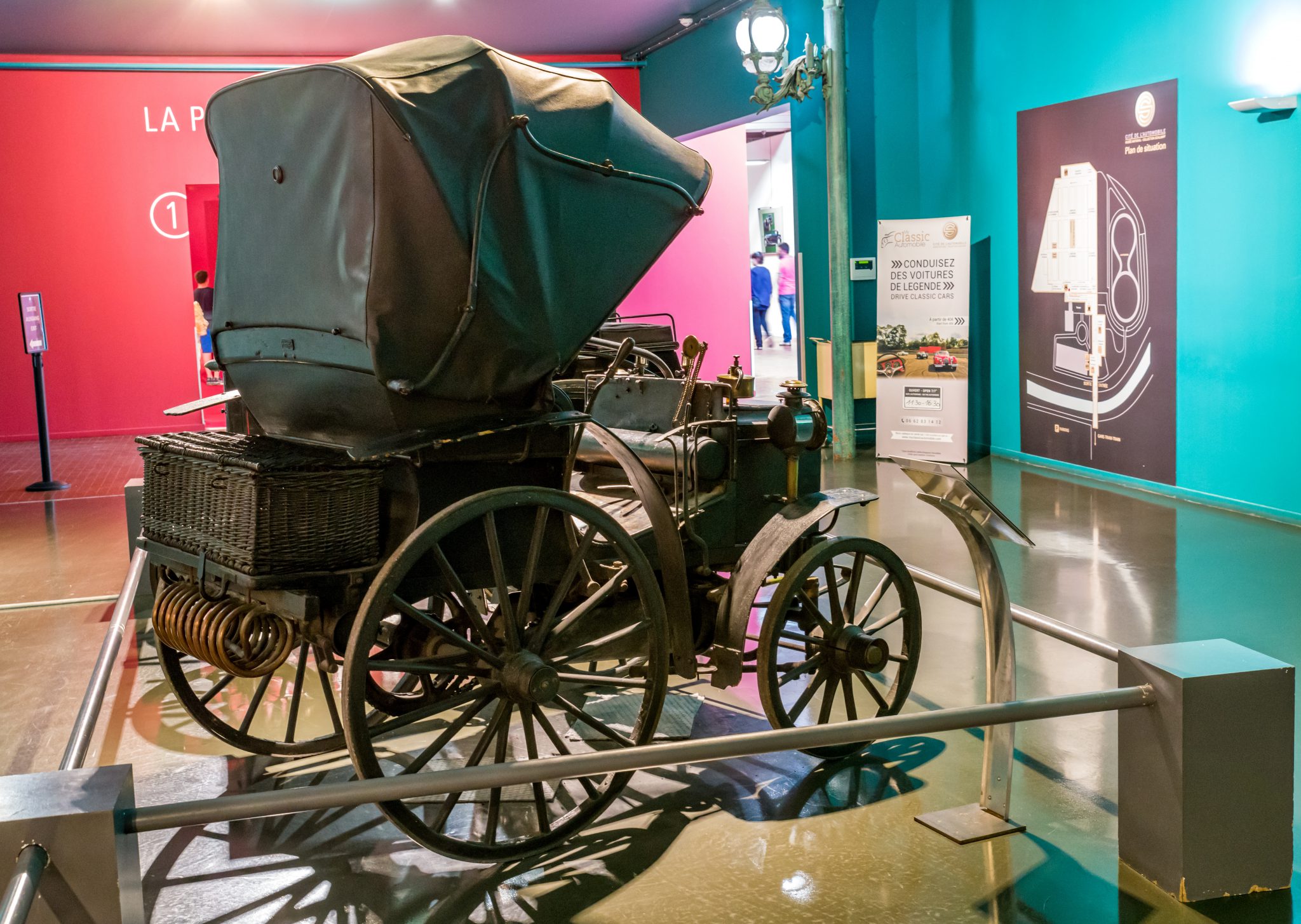
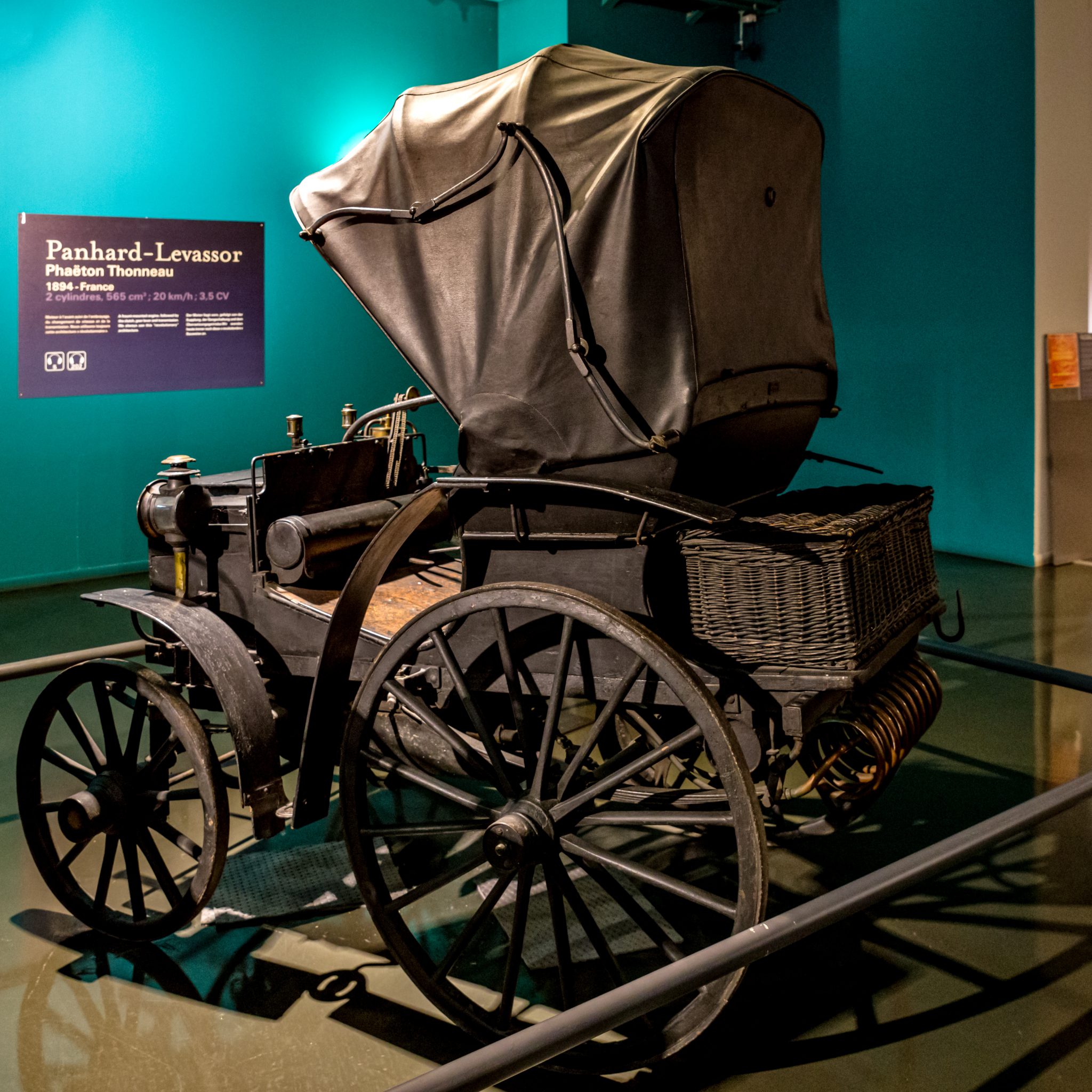
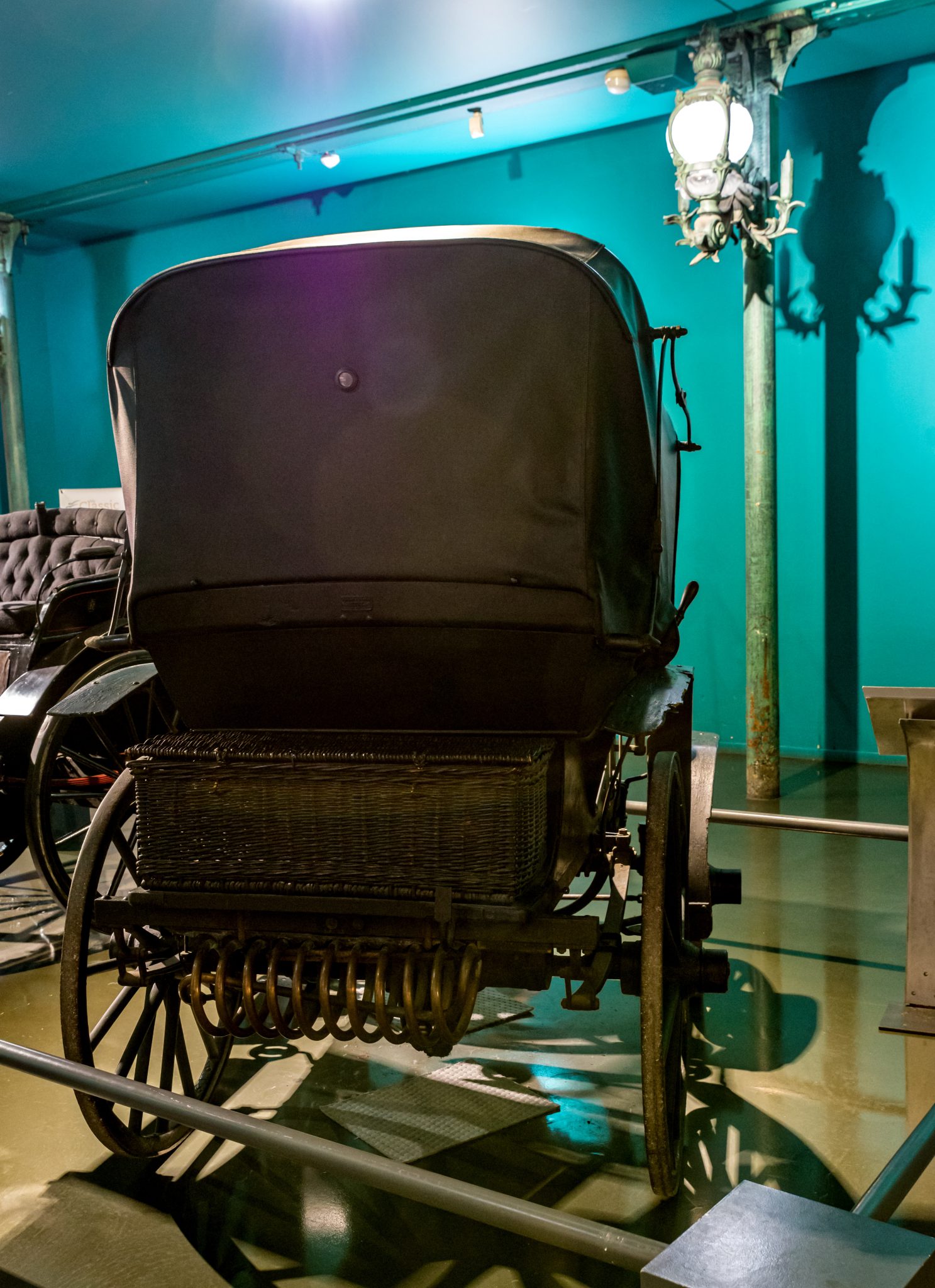









Comments
Great story! I loved reading about this bit of auto motive history.
Although the other vehicle in the hands of père Gavois looks like a Benz, it is not: it is a Rochet & Schneider of 1898 or 1899. The early cars of this make had indeed similarities in engine position and transmission, but from the picture it is clear that it cannot be a Benz: different frame, different steering and hand lever columns a.o. Most of the père Gavois pictures are available through the Gallica-BnF site and another picture of the Rochet & Schneider can be found showing the rear side. Comparing with the 1898 Rochet & Schneider from the famous Malartre Museum in Rochetaillée (France), it all falls into place. What is missing on the steering wheel, is not clear. The Malartre car has just a handle, whereas most earlier Rochet & Schneider cars had some kind of a bicycle handlebar. At some point, probably from 1899 a steering wheel can be found on these models too, put it is possible that these sometimes were just a retrofit to modernize the vehicle.
P.S. Where I write “What is missing on the steering wheel, is not clear.”, I of course intended to say “What is missing on top of the steering column, ...”
Ariejan-
I have no reason to doubt you as you have proven to be correct countless times. The book, online info, and the hand-written captions on the back of the original photos all call the car a Benz. If all of it came from Bradley himself, I would assume he’s the source of the misinformation.
Great story Greg! It’s incredible that the car traveled 150,000 miles even with the best of care.
Thank you, Greg, for a Great story! Wish autos today could be bought with the knowledge they’d drive 150,000, plus. My Dad’s Buick Regals’ odometers clocked over 200,000 with early and regular oil changes he did (as I’m sure Father Gavois did) while he was commuting a lot of miles as a schoolteacher, and when retired and traveling New York to Florida—
The story of père Gavois and his Panhard is of course an incredible one, certainly taking into account the distance which had been travelled with it. Most cars of that era probably did not even come close to this distance, but at least one other car of almost equal age made a serious attempt. In 1895 a Mr. Koosen from England bought a German Lutzmann, another make with a Benz-like appearance, and in 1905, still having this car, he stated in an article in The Car Illustrated that he had travelled at least 100,000 Miles with it and that it was ‘still in going order’!